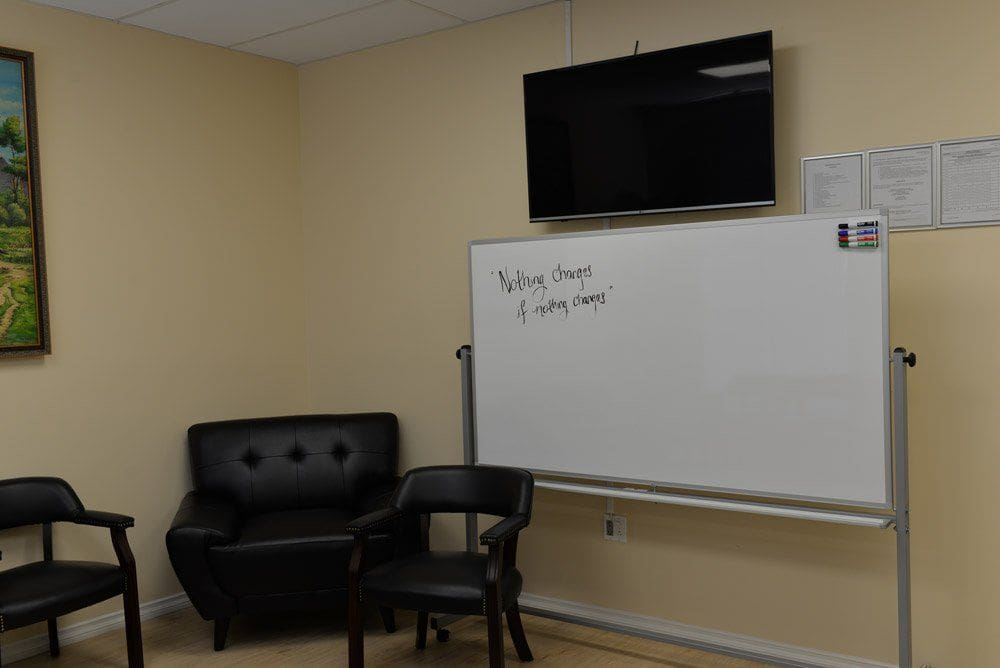TL;DR: Codependency in recovery can quietly derail progress by blurring boundaries, increasing people-pleasing, and making triggers harder to manage. Below you’ll find warning signs, quick scripts, boundary tools, and how to get matched to the right level of care at Comfort Recovery Center.
Many people discover codependency in recovery—when the need to please, fix, or rescue others starts running the show. It can feel caring, but codependent patterns often blur boundaries, spike stress, and raise relapse risk.
Why Codependency Can Harm Progress
- Stress load: chronic caretaking keeps your nervous system activated, making coping skills harder to use.
- Boundary erosion: your schedule and needs get replaced by someone else’s crisis cycle.
- Trigger stacking: resentment, fatigue, and conflict become frequent triggers for cravings.
Guidance from NIDA underscores the value of structure, boundaries, and balanced support to protect early sobriety.
Signs to Watch (Self-Check)
- You feel responsible for another adult’s moods or sobriety.
- Saying “no” brings guilt, panic, or fear of abandonment.
- Your routine (sleep, groups, therapy) gets skipped to manage someone else.
- Conflict cycles: you over-give → resent → explode → apologize → repeat.
Short Scripts for Hard Moments
Use one line, repeat once, then exit:
- Time guard: “I can talk for 15 minutes today; let’s pause after that.”
- Money boundary: “I’m not able to lend money. I care and can help you find resources.”
- Crisis redirect: “I can’t fix this, but I can sit with you while we call a counselor.”
Set Boundaries That Stick

- Write it: one line per boundary (“Home is substance-free.” “No calls after 9 p.m.”).
- Share calmly: pick a low-stress time; speak once; avoid defending.
- Pair a consequence: leave the room/event if the boundary is ignored.
- Track it weekly: note where you held/relaxed the line and why.
Choosing the Right Level of Care
Comfort Recovery offers inpatient and outpatient options, so care can meet you where you are. If codependency in recovery is undermining progress, a higher level of structure may help.
- Our Programs: compare detox, residential, PHP/IOP, and aftercare.
- Outpatient Programs: flexibility to keep work/family commitments while building skills.
- Contact: ask which path fits your goals and home dynamics.
Bottom Line
Codependency in recovery looks like love—but it can sabotage healing. Clear boundaries, short scripts, and the right level of care bring your focus back to what you can control.
Get Support at Comfort
Want help personalizing your boundaries and schedule? Explore Our Programs or message our team via Contact for a plan that protects your recovery.









